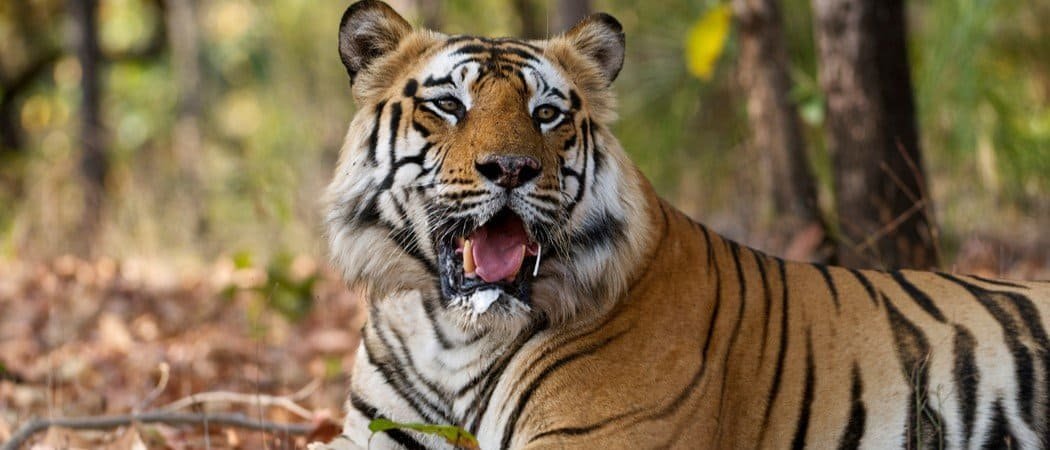
Plant and animal life In Bangladesh
Bangladesh generally has lush vegetation, with villages seemingly buried in orchards of mango, jackfruit, bamboo, betel, coconut and date palms. However, only a small portion of the country's land area is covered by forests. Bangladesh has four different vegetation zones. The eastern region, comprising parts of the Sylhet and Chittagong regions, has many low hills covered with bamboo and rattan (a type of palm palm) jungle. The most common plant is the large bamboo that forms the basis of the country's paper industry. The Central Zone, which covers part of the country north of Dhaka, has many lakes and supports wetland vegetation. The bottom of part of this zone will be the Madhupur Jungle. The area northwest of the Jamuna River and southwest of the Padma River forms a flat plain whose vegetation consists mainly of crops and orchards. Babur (Acacia arabica) is the most prominent tree. The southern part along the Bay of Bengal includes the extensive wetlands of Sundarban with its characteristic mangrove vegetation. Among the mangrove species are sundari (Heritiera fomes or H. Minor) named after Sundarbans and Goran (Ceriops roxburghiana). Also valuable are the gewa or genwa trees (Excoecaria agallocha) that provide the conifers used for newsprint. The amazing variety of flowers includes water lilies (locally called shapla and the national flower), marigolds, tuberoses and Chinese hibiscus. Bokru (Mimusops elengi) is a common shrub that bears small red berries.









